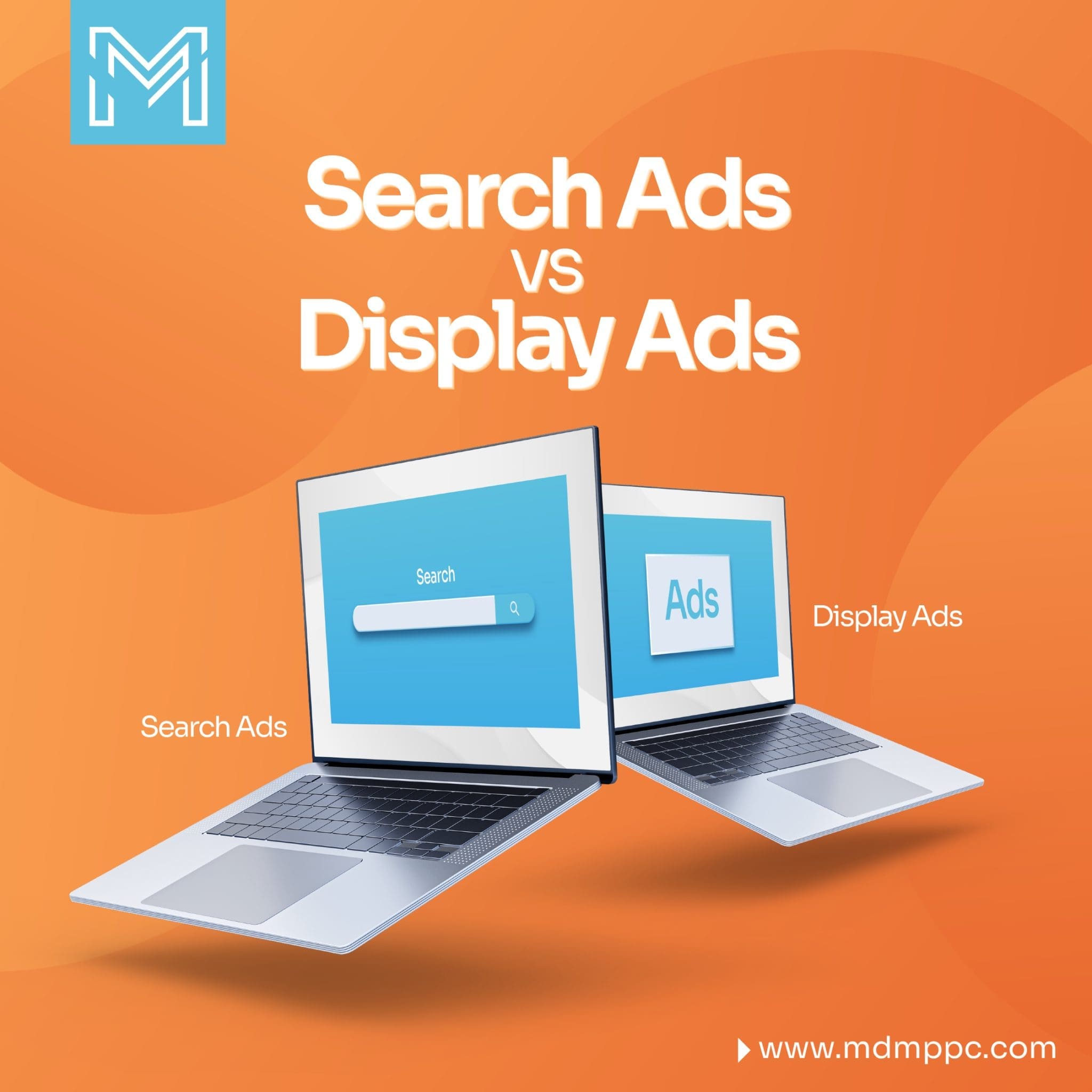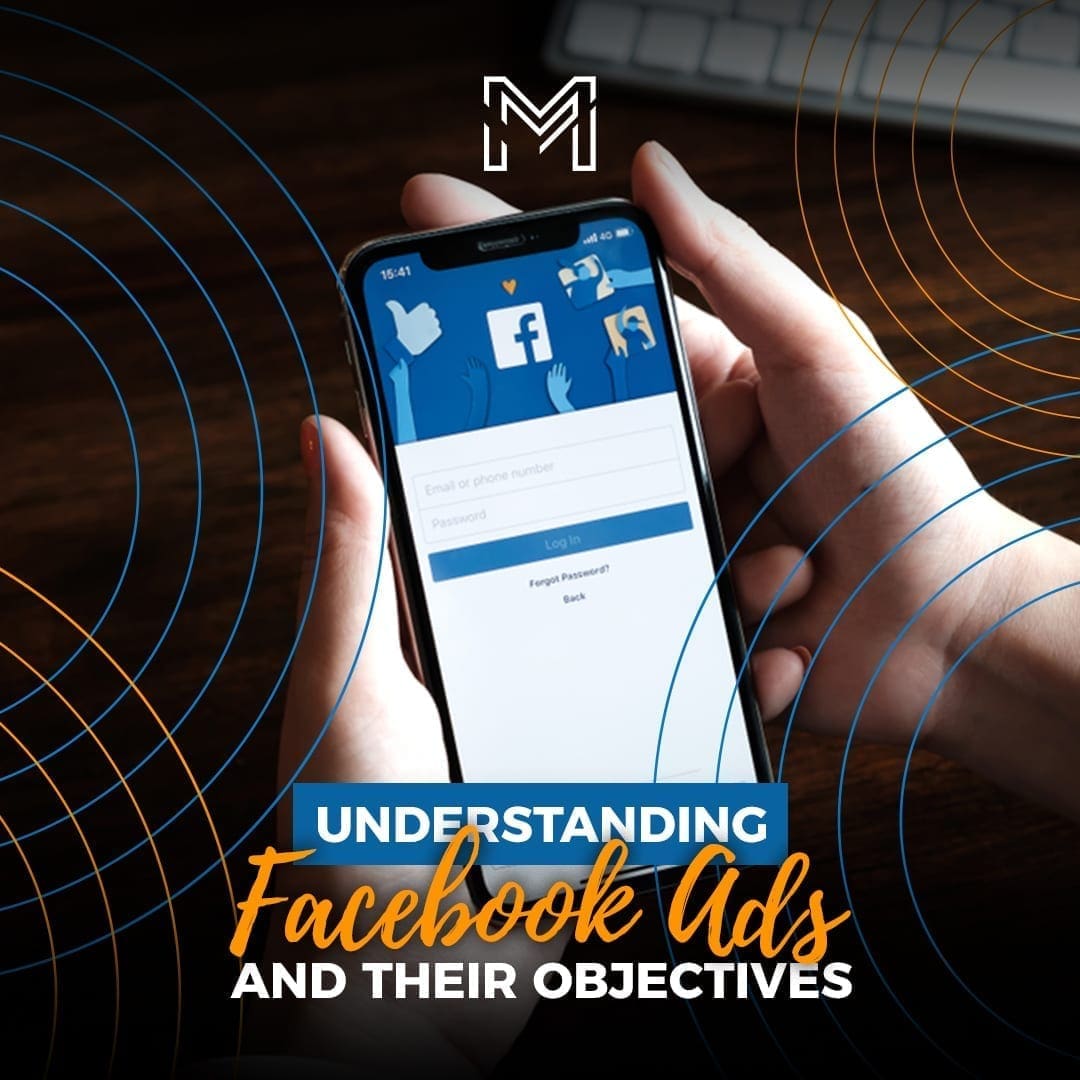Are Google Ads useful for gyms?
Yes, because it helps you connect with fitness enthusiasts looking for a fitness center for yours.
Too simple?
Google Ads for gyms is one of the most powerful marketing tools for your gym website that can bring traffic and highly convertible leads.
At McElligott Digital Marketing, we’ve helped gyms propel to the top of Google’s search bar in their locality.
Running Google Ads for gyms requires a specialized approach. But with this article, you’ll be able to understand how Google ads work for gyms and how to set up Google ads for your gym.
How Google Ads work for gyms?
Google Ads offers a powerful platform for businesses to connect with their target audience effectively.
By bidding on relevant keywords or phrases, you can vie for top positions in Google search results, YouTube, and various websites, tailoring your campaigns to specific goals and audiences.
The bidding process grants you greater control over who sees their ads and how much they pay for each click. It’s a dynamic interplay between two essential factors: Ad Rank and the bid amount.
Ad Rank depends on the combination of your Quality Score and your cost-per-click bid.
Quality Score is a crucial metric that evaluates the relevance and quality of your ad, making it a vital aspect to consider when aiming for a favorable position on Google’s advertising platforms.
To secure a prime spot on Google, a winning strategy involves striking a balance between your CPC bid and your ad’s Quality Score.
A high-Quality Score is achieved by crafting compelling and relevant ads that resonate with your target audience. Google takes into account various factors, such as keyword relevance, ad copy, call-to-action, and the user experience on the landing page.
But it doesn’t end there.
After your ad is displayed, Google also evaluates its performance based on the number of clicks it receives. This emphasizes the importance of delivering valuable and engaging content to potential customers.
It not only boosts your Quality Score but also increases the chances of users clicking on your ad.
Benefits of Google Ads for gyms and fitness centers
Running Google Ads for gyms and fitness centers can yield several significant benefits that can help attract more customers and boost business growth. Here are the top five benefits:
1. Increased visibility and reach
Google Ads allow gyms and fitness centers to appear prominently in relevant search results when potential customers are actively looking for fitness-related services.
By bidding on relevant keywords, you can ensure your ads are displayed to a targeted audience, increasing your brand visibility and reaching potential customers at the right moment.
2. Targeted advertising
Google Ads offers powerful targeting options that enable you to reach specific demographics, locations, interests, and behaviors.
You can tailor your campaigns to target people in your local area or those with particular fitness interests, ensuring that your ads are shown to the most relevant audience, thereby maximizing the return on your advertising investment.
3. Cost-effective
Google Ads operates on a pay-per-click (PPC) model, which means you only pay when someone clicks on your ad.
This ensures that your budget is spent on attracting potential customers who have expressed interest in your services, making it a cost-effective way to generate leads and drive traffic to your website or landing page.
4. Performance tracking and optimization
Google Ads provides detailed performance metrics that allow you to measure the effectiveness of your campaigns. You can track impressions, clicks, conversions, and other valuable data, enabling you to identify which ads and keywords perform best.
This data-driven approach allows you to continually optimize your campaigns, improving their efficiency over time.
5. Flexibility and quick results
Unlike some traditional advertising methods, Google Ads offers flexibility in terms of budget and ad content. You can easily adjust your campaigns, create different ad variations, and experiment with different messaging to see what resonates best with your audience.
Google Ads can deliver quick results, allowing you to attract new customers and increase foot traffic to your gym or fitness center within a short period.
How to set up Google Ads for gyms?
Step 1– Define your campaign objectives
Before you start, clearly define the goals you want to achieve with your Google Ads campaign. Common objectives for gyms and fitness centers may include-
- Increase gym membership sign-ups
- Drive website traffic and leads
- Promote a specific fitness class or program
- Boost attendance at special events or promotions
Step 2- Conduct keyword research
Perform keyword research to discover relevant keywords that potential customers may use when searching for gyms or fitness centers in your area.
You can use tools like Google Keyword Planner or other keyword research tools to find high-volume, relevant keywords related to fitness and gym services.
Step 3- Set up a Google Ads account
If you don’t have a Google Ads account, sign up at Google Ads. Follow the instructions to create your account.
Step 4- Choose your campaign goals.
For a fitness center, your goal will be to get more membership inquiries and monthly subscriptions.
This means the best option for fitness ad campaigns would be to choose “Create a campaign without goals guidance”.
Step 5- Choose the campaign type
Choose the campaign type based on your objectives.
For a gym, you might start with a “Search” campaign to target users actively searching for fitness-related services
This type of campaign will allow you to show your ads when people search for keywords related to your gym, such as “gym near me” or “personal training.”
Select the results you want to achieve from the campaign- phone calls, websites, or app downloads.
You can choose both phone calls and website visits assuming you aren’t advertising for app downloads. Write your campaign name.
Step 6- Set your bids
Your bids determine how much you’re willing to pay each time someone clicks on your ad. You can set your bids manually or use Google’s automated bidding system.
Step 7- Choose campaign settings, locations, language, audience segments, and keywords
Click on “Display Network” to turn it off.
If you keep the Display Network on, it may cost you more money, so it’s better to keep it disabled when you start your Google Ads campaign.
You want to focus only on people who are interested in signing up for a membership at your fitness center through Google searches.
Choose the “Search” campaign type to target users actively searching for fitness-related services.
Select the locations where you want your ads to appear, and set the language for your target audience.
Define your audience segments based on demographics and interests, ensuring you focus on fitness enthusiasts or those interested in gym memberships.
Research and choose relevant keywords that potential customers may use to find gyms in your area.
Step 8- Set up Ads groups
It’s time to create Ad Groups for the keywords you want to target. An Ad Group consists of one or more ads that focus on the same keywords. The difference is that at the ad level, you can change the ad’s text, image, or where it appears while still using the same keywords.
When choosing keywords, take it slow and think about what people might search for when looking for your product or service. Don’t write down everything that comes to mind. Instead, focus on relevant search terms related to your advertisement.
There are different types of keyword match options:
- Broad match: Reaches the largest audience but may be less specific.
- Modified broad match: A middle ground between broad and exact match.
- Exact match: The most specific and restrictive keyword type.
- Phrase match: Your ad appears when a user searches your key phrase in the exact order.
As you enter keywords, Google will create potential Ad Groups based on them.
You can then see the search volume for these words and gauge interest in different areas. This helps you optimize your ads for better performance.
Step-9 Set up your landing page
Once you’ve picked your keywords and made your Ad Groups, it’s time to create your ad. In a search ad, you get two headlines and a description to work with.
When writing your ad, think about using keywords that match what people are searching for, add a clear call-to-action, highlight what makes your gym special, and make sure it matches your landing page.
These factors boost your Quality Score, which is crucial for your ad’s ranking.
Step 10- Review and track the metrics
Once your ads are active, it’s essential to closely monitor them using the Ads Manager.
Keep a close watch on metrics like impressions, click-through rates, and cost-per-click to assess the performance and effectiveness of your campaigns.
If you notice that your ads aren’t reaching the desired audience, you can adjust your bids anytime to improve their visibility. Stay proactive by regularly updating your ads and creating new ones for fresh promotions or offers. This way, you can maximize the success of your campaigns and continuously improve their impact.
Get in touch
Our Certified Google Ads Expert at McElligott Digital Marketing can help you grow your gym business and bring more gym members.Get in touch with us today at 833-7724-897 for a free consultation.





